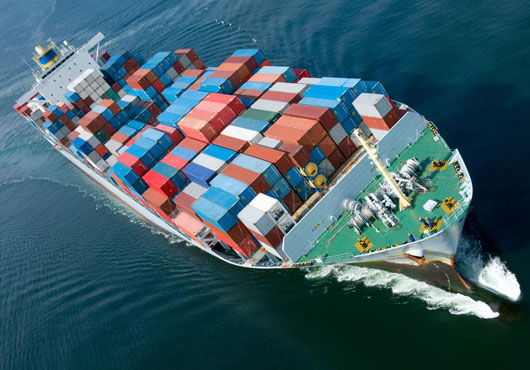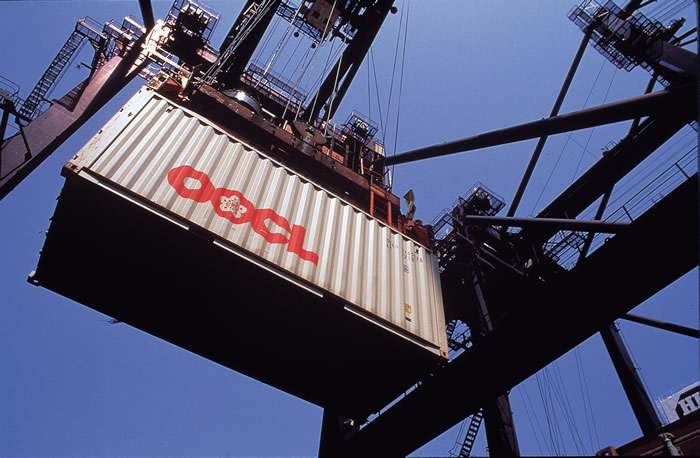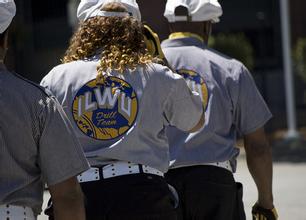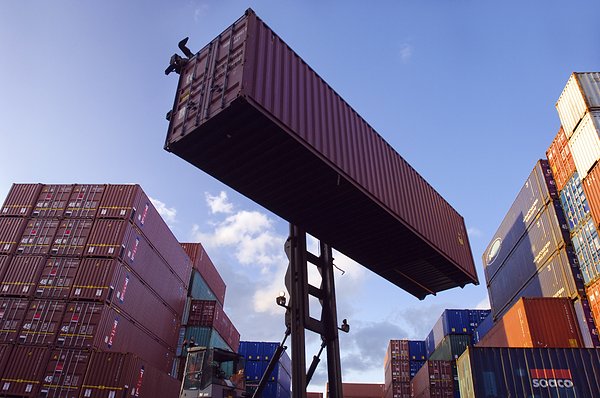Since September the spot market on Asia – North Europe trade routes has tracked a similar course of falling rates to that of last year, and therefore it is difficult to foresee that the westbound Beneficial Cargo Owner (BCO) rate fixtures for 2015 will be any higher than this year, according to Drewry.
The November 1 General Rate Increase (GRI) on Asia – North Europe trade lanes provided some respite for carriers after two months of falling spot market rates, but Drewry believes that despite good headhaul cargo growth profitability, this trade will continue to rely more on cost saving than revenue enhancement.
September volumes of Asian exports were over 100,000 teu lower than those of August and it proved to be the third weakest month of the year to date after February and April,
Drewry reports. Nevertheless, westbound traffic levels for this latest month still posted a gain of 6.1% over September 2013. During the first nine months of 2014, the year-on-year growth rate registered 8.5% but between June and September the pace of growth on a 12-month rolling average basis has remained remarkably constant at around 7.8%.
Christmas goods have moved on the water earlier this year and the end of the peak season in this trade came more at the beginning of September rather than traditionally at the end. This change is partly a consequence of slow steaming, and with this cost-saving measure unlikely to be reversed despite much lower oil prices, importers have adjusted their supply chain schedules accordingly, says Drewry.
During the third quarter, Far Eastern goods bound for Germany and UK rose by 10.9% and 10.2% respectively compared to the same period in 2013, but among the major markets it was the Netherlands which stood at the forefront with a 12.5% gain, according to Drewry. For Belgium and France the pace of growth was lower at 6.9% and 5.3%. Imports into Russia, on the other hand, fell by 5.7% and this drop in demand affected adjacent areas through which quantities of Russian transit cargo flow. Finland and the three Baltic States all posted a year-on-year decline in volumes between July and September.
The culling of individual sailings during October did little to stop rate erosion; it is simply a means for the carriers to save costs where they can and Drewry says that further blanked sailings can be expected as the year runs to a close, although not on the scale of what took place in October. No single service has been actually suspended during the slack season, and in the meantime, Zim continues to place an ad hoc sailing each month which according to Drewry tends to unsettle the market.
Outside the peak periods the carriers are still unable to maintain spot market rates at any constant level. Between the start of September – when vessel utilisations were dropping down to below 90% – and the end of October, rates fell sharply from around USD 2,100 per 40ft to USD 1,300.
Drewry says that the carriers will argue that shipments carried at spot rates represent only a small proportion of their overall cargo mix, with annually and quarterly contracted rates yielding appreciably higher revenue than the rates that were being offered in the spot market during October. However, the collapse yet again of the spot market demonstrates the lack of any self-discipline on the part of the shipping lines and their failure to learn any lessons from the past, according to Drewry.
The renegotiation of many BCO contracts for 2015 started in November and because spot rates had fallen below the 2014 contract levels (USD 1,500-USD 1,600) it was imperative that the lines secured as much of the November 1 GRI quantum (set at USD 900-USD 1,000 per teu) as possible, says Drewry.
In the first week, market rates did soar USD 1,200 per 40ft but thereafter retreat occurred with USD 300 of the increase being given up in the second week of November alone. A further GRI for December 1 of around USD 800 per teu has been declared to ensure that spot rates do not fall too far below USD 2,200 during this critical renegotiation period.
There is also likely to be another GRI in the middle of January designed to drive up spot rates during the pre-Chinese New Year cargo build-up, says Drewry.

























